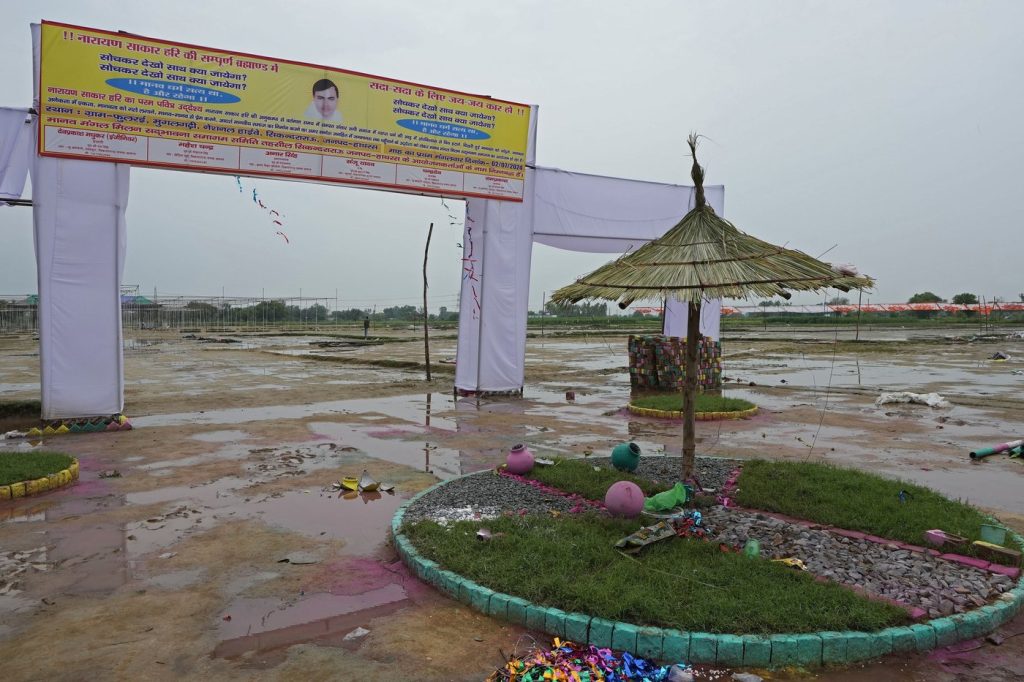PRAYAGRAJ, India (AP) – A tragic incident has unfolded at the Maha Kumbh festival in India, where several people are feared dead and many more are reported injured as tens of thousands of devotees flocked to bathe in the sacred confluence of the Ganges, Yamuna, and mythical Saraswati rivers. This year's festival commenced on January 13 and coincided with a significant holy day, drawing expectations of record attendance with authorities predicting over 100 million participants for ritual bathing. The Maha Kumbh festival, held every 12 years, is recognized as the largest religious gathering in the world, anticipated to attract more than 400 million pilgrims to the site throughout the event's duration.
Throughout the past two decades, India has witnessed several major stampedes during religious gatherings, causing tragic loss of life. In July 2024, a stampede in Uttar Pradesh resulted in more than 100 fatalities during a Hindu religious gathering led by a preacher. Thousands of worshippers were present under a makeshift tent, and panic ensued as the crowd rushed to exit, leading to a deadly crush of bodies. The aftermath revealed devastation as the structure appeared to have collapsed amidst the confusion.
Another catastrophic incident occurred on October 13, 2013, when a collapsing bridge triggered a stampede during the Navaratri festival in Ratangarh, Madhya Pradesh. This disaster claimed the lives of 115 individuals, primarily women and children, as hundreds of thousands had gathered to participate in the festivities at the temple. The sheer number of pilgrims and the chaotic environment contributed to this deadly event.
Previously, on September 30, 2008, a stampede at a Hindu temple in Jodhpur led to the deaths of at least 168 individuals and left hundreds injured. Overcrowding during the Navaratri celebrations resulted in a dangerous crush, as roughly 12,000 devotees sought to join the festivities. Similarly, a stampede spurred by rumors of a landslide on August 3, 2008, at the Naina Devi Temple in Bilaspur, Himachal Pradesh, resulted in 145 casualties, including many women and children.
Additionally, on January 25, 2005, a deadly stampede during a religious procession to a hilltop temple near Wai, in western India, led to at least 258 deaths and 200 injuries. Chaos erupted following a fall inside the temple caused by a slippery floor, as a surge of pilgrims wanting to escape the scene crushed others beneath them. This incident escalated further when agitated pilgrims set fire to makeshift shops along the narrow path to the temple, contributing to the ensuing chaos.
The recurrence of such tragic occurrences during large religious gatherings highlights the pressing need for enhanced safety measures to protect the massive crowds that attend these events. The Maha Kumbh festival, with its enormous influx of devotees, underscores the vulnerability of large-scale religious gatherings and the potential risks associated with overcrowding and panic among attendees. In light of these past incidents, there is a call for improved crowd management strategies to ensure the safety of participants in future events.










